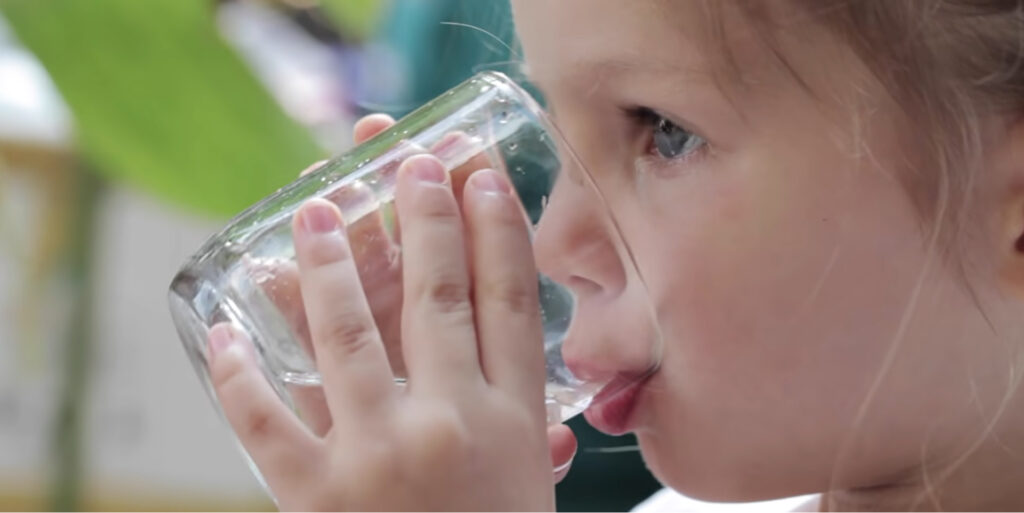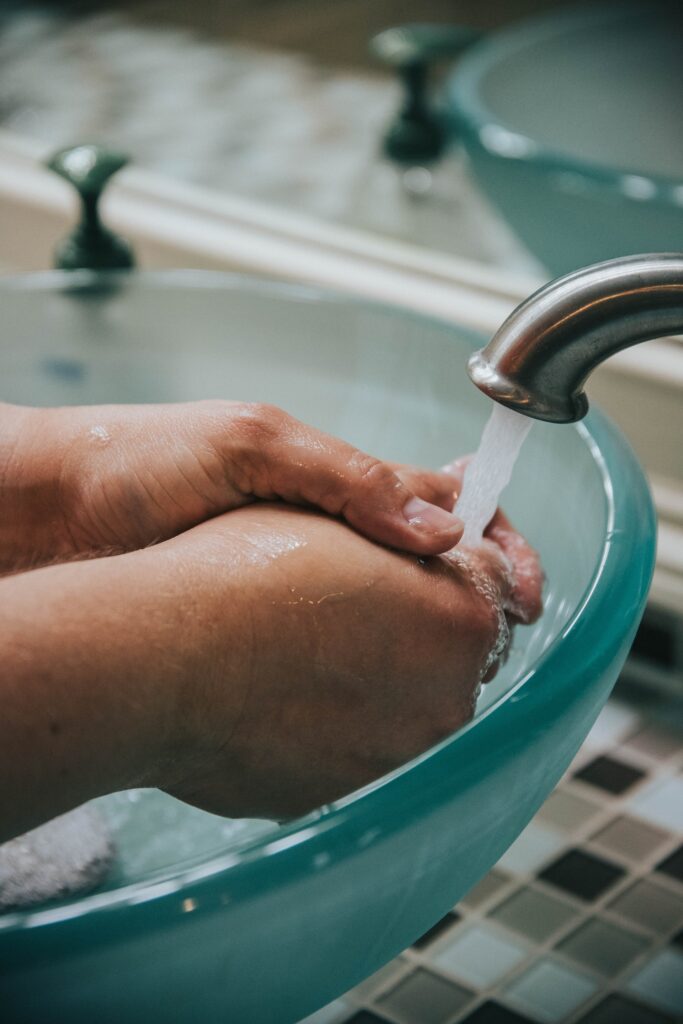Water Equity
Water service plays an essential role in protecting public health. Yet, many U.S. households struggle to pay their utility bills. These dual realities created an urgent focus on water equity, which NAWC members are advancing through efforts that uphold our Five Principles of Water Equity.
Everyone Should have Access to Water that is Safe, Reliable and Affordable

Not only do NAWC and its members advocate for continued federal funding for the Low Income Water Assistance Program (LIHWAP) and establishing a permanent low-income program. Many member companies also have their own water assistance program to help customers always have access to this critical resource.
2.8B
Gallons of water treated each day by NAWC member companies
40M
Americans supported by NAWC member companies
~250K miles
of pipe maintained by NAWC member companies to serve nearly 40 million Americans every day
NAWC’s Five Principles for Water Equity
Everyone should have access to water that is safe, reliable and affordable
NAWC members are committed to achieving water equity, which means everyone should have access to safe, reliable and affordable drinking water.
As a nation, we must advance water equity to ensure customers of all income levels have access to clean, safe and reliable water. In order to truly benefit customers, we need water service to meet all three components of water equity – safety, reliability and affordability.
- Safe water complies with Environmental Protection Agency (EPA) regulations and Safe Drinking Water Act standards.
- Reliable water is there when customers need it.
- Affordable water means customers are able to pay for this essential service.
Focus on the customer
For NAWC member companies, the customer is the top priority. NAWC members demonstrate their customer-first mentality in many ways such as making bill paying easy, communicating often about service issues and sharing conservation tips and tricks to reduce water usage.
Although water service is affordable for most customers, NAWC members have demonstrated a long-standing commitment to water equity by creating a variety of customer assistance and conservation programs to help customers who struggle to pay their bills.
- At the onset of the COVID-19 pandemic, NAWC members renewed their focus on customers by voluntarily suspending all disconnections for non-payment.
- Many NAWC members responded to the pandemic by creating new customer assistance programs and/or augmenting existing programs to help struggling customers.
- NAWC believes a federally funded low-income assistance program should become permanent, similar to long-standing programs for electric and natural gas customers.
Never compromise on providing safe and reliable water
Providing safe, reliable and affordable water can be challenging given the obstacles many water systems face, including:
- Rising infrastructure costs;
- Water quality concerns (emerging contaminants and lead service lines);
- Extreme weather events;
- And the threat of cyberattacks.
NAWC members maintain safe and reliable water by proactively meeting these challenges by:
- Investing in experienced employees who are able to meet complex and frequently changing environmental and safe drinking water standards;
- Creating sustainable and long-term infrastructure replacement plans to ensure a continued commitment to addressing aging infrastructure;
- Developing security plans and engaging in training exercises to help guard against and respond to cyber and physical attacks;
- Undertaking infrastructure hardening and emergency planning to prepare for extreme weather conditions;
- Pricing water service at a level that is affordable, but that also accurately represents the cost of treating and delivering safe water, so that rate-regulated water companies have access to capital to maintain high-quality service.
Invest in communities
Many of the pipes, water mains and treatment facilities in this country are reaching the end of their useful lives and need to be replaced. Incremental and consistent investment in infrastructure allows those costs to be incurred gradually, meaning they are more easily budgeted-for by both NAWC members and their customers.
The 15 largest water companies invest more than $6 billion in community water systems annually. These investments keep rates stable and quality high. NAWC members strive to lift up communities where we live, work and serve, by investing in those communities to create long-lasting positive change and promote public health.
Develop partnerships and encourage water system consolidation
Partnerships and system consolidation are a critical means of expanding access to safe and reliable water across the nation. The drinking water sector in the United States is extremely fragmented, with over 50,000 water systems across the country (compared to 3,300 electric systems). More than half of these systems serve fewer than 500 customers.
Without economies of scale, many small systems are unable to invest in infrastructure, deploy new technology, address affordability issues and treat emerging and existing contaminants. Water system fragmentation increases costs and often decreases water quality, perpetuating environmental injustice and causing disproportionate harm to low-income communities.
Partnering with larger, more experienced water companies, like NAWC members, is a proven way for smaller or struggling systems to obtain the resources necessary to maintain a healthy system and provide customers with safe and reliable water at stable prices.
Advocating for Low-Income Water Assistance
Congress created the Low Income Household Water Assistance Program (LIHWAP) during the COVID-19 pandemic to assist customers struggling to pay their bills.
As the first federal program to exclusively assist low-income families with their water and wastewater bills, LIHWAP has successfully aided over a half a million households.
However, because LIHWAP funding was provided under COVID relief bills, it does not have a dedicated funding stream. The program has expired.
While COVID-19 was the impetus for a federal water and wastewater assistance program for low-income individuals and households, the need existed before the pandemic and continues today.
Communities across America rely on water systems to provide safe drinking water, nourish our families, run our homes and businesses, and more.
NAWC members are personally invested in ensuring that the water is clean, safe and reliable when we turn on our taps in the communities where we serve and live.
LIHWAP has proven itself to be a successful program in getting assistance to those who need it the most. Water shouldn’t be a privilege only a few can afford. As such, NAWC and its member companies continue to urge Congress to provide continued funding for low-income water assistance programs so that America’s water companies may continue to provide critical water assistance to our most vulnerable children and families and ensure that those who need help in paying for essential water service have somewhere to turn.
Resources
Focusing on true ‘water equity’ will bring higher quality water accessible to all
Many Americans struggle with the rising costs of goods and services.

Keep clean water flowing by helping low-income water, wastewater consumers bills
Providing federal dollars to ensure that all Americans have access to clean water must be a key part of budget conversations.

Our water is becoming privatized. That’s a good thing.
Important conversations are happening in Pennsylvania about how to address water infrastructure challenges and needs.

EPA Water Affordability Needs Assessment: Five Key Takeaways
Under the Infrastructure Investment and Jobs Act of 2021 (IIJA), Congress directed the U.S. Environmental Protection Agency (EPA) to analyze and report on water affordability challenges facing households and utilities […]






